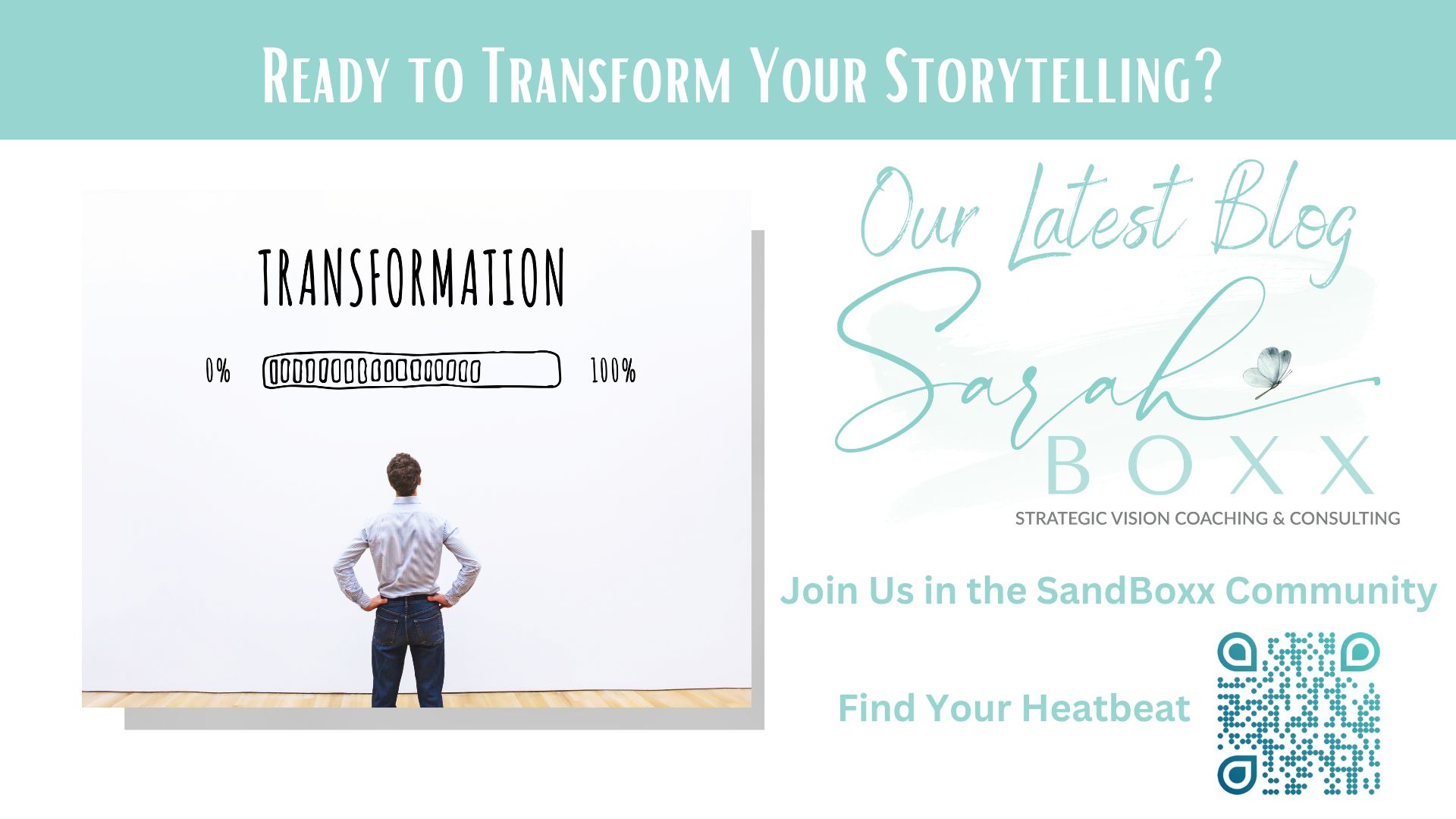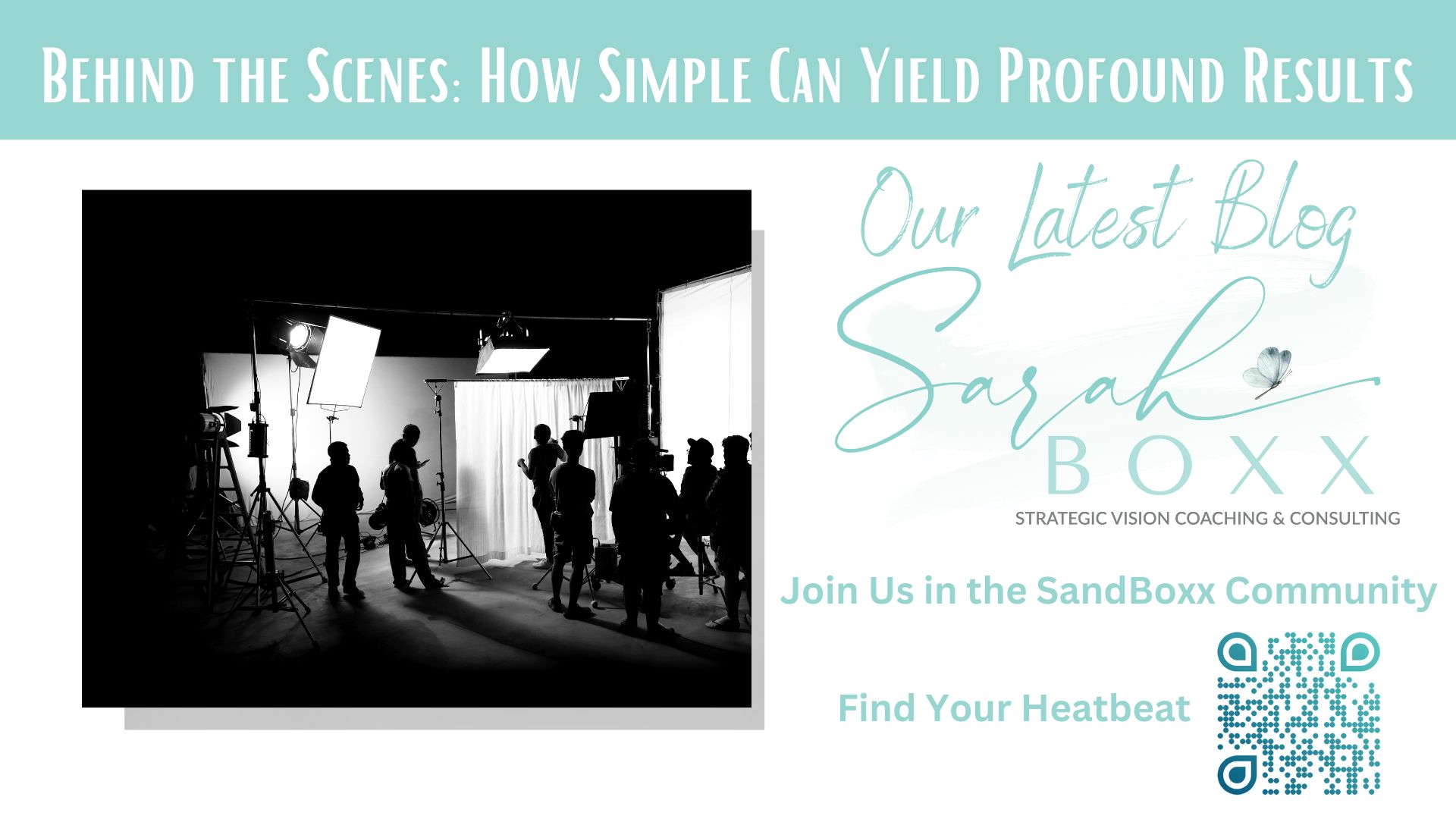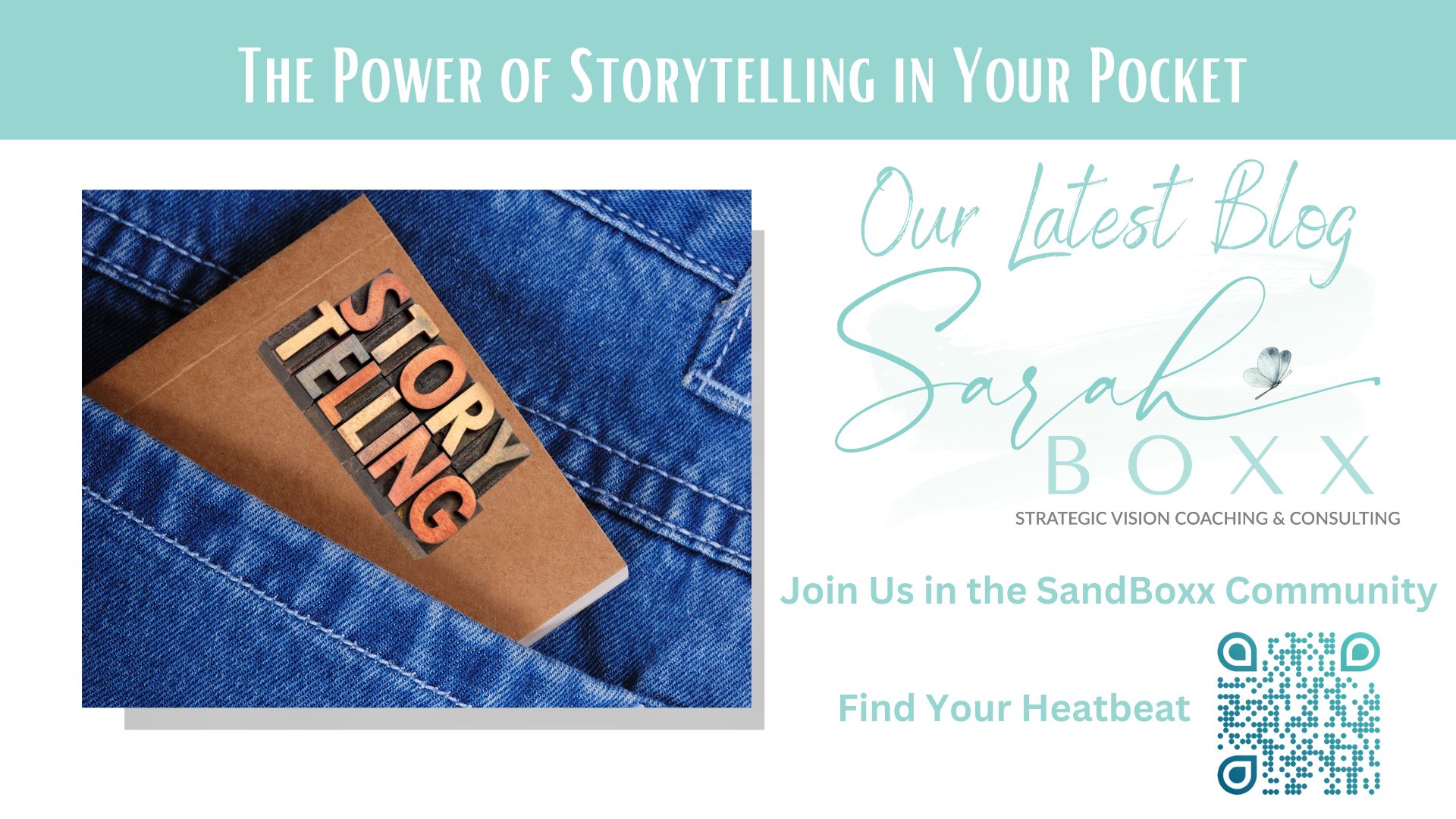“Understand your audience and you will understand the impact of your message on each follower.”
Matt Gentile
Have you ever found yourself putting time and effort into a project, only to wonder, “Is this even doing anything?”
I sure have.
Let’s face it, time is a valuable resource for all of us. If we are going to spend time working on a project or completing a task, we want our efforts to be fruitful. We want the time we’ve spent to produce certain results.
When it comes to storytelling and communication, the goal is to reach and engage your audience. The stories you tell and messages share should resonate in some way with the audience you are trying to reach.
Sure, the specifics of what “engagement” looks like can vary based on your unique message (ex. receiving feedback, sharing personal insights or connections, sharing content with others, etc.) but the goal is always that the audience would feel a connection to the message and respond in some specific way.
After all, if you aren’t truly reaching your audience, what’s the point of storytelling to begin with? You might as well be talking to a wall.
How do you know if your message is resonating? Here are a few things to keep in mind:
- Put Yourself In Their Shoes
Before you put the time and effort into writing an email, creating a video, or sharing a story, it’s important to ask yourself: “What message does my audience need to hear?” The answer to this question should orient you and provide a framework for what and how you share information.
Now, this concept presumes that you have a very clear knowledge of who your audience actually is. Without this clarity, you won’t be able to accurately predict which messages or stories will be impactful. If you’re looking for tips on identifying your target audience, see my recent blog post, Key Components of Heart-Centered Storytelling.
- Don’t Make Assumptions
Don’t assume that your message is landing the way you want it to. It’s important to test your message by asking for feedback on your content.
Feedback can come in a variety of formats. For quick and easy feedback, ask your audience to leave a comment on a post or send a quick email response. For more in-depth feedback, you might send out a survey form or schedule meetings with specific representatives of your audience. - Look At Your Feedback
This might sound overly simplistic, but you’d be surprised how many people solicit feedback and never look at it. Have you ever added a question or “call to action” to the bottom of a social media post and forgotten to read the comment responses?
We all probably have done this from time to time. However, it’s important to keep in mind that feedback is only helpful if you actually USE it to inform future planning. If someone offers a response or a comment to a particular message you send, read it. If the comment is general or vague, ask them to elaborate.
The more information you can gather, the better you’ll be able to assess the true impact of your messaging and communication.
If you are interested in learning specific tools and strategies for crafting messages that resonate with your audience’s head and heart, I have an opportunity you don’t want to miss! Emmy award-winning writer and producer, Ken Fay, and I have teamed up to offer our Heart-Centered Storytelling Workshop.
This workshop will help you redefine the way you approach your organization’s communication and will give you tools for creating messages aimed at impact and connection. Click here to learn more!
Article was contributed by: Maria Lees, Team Writer with Sarah Boxx




